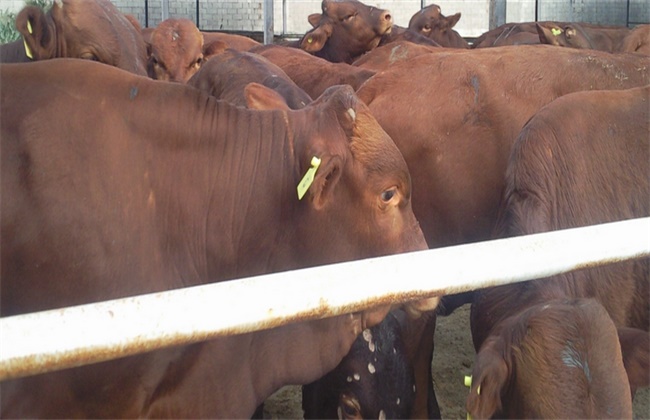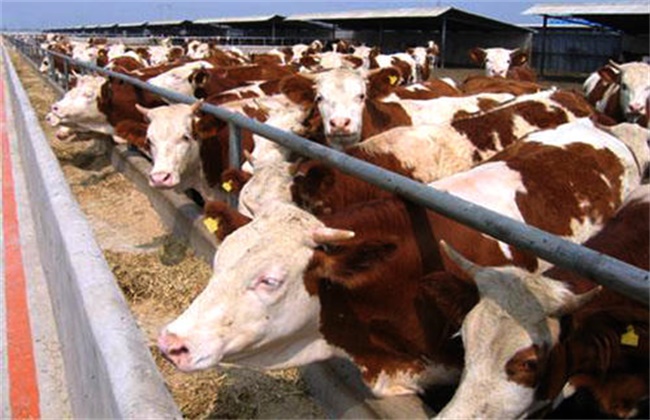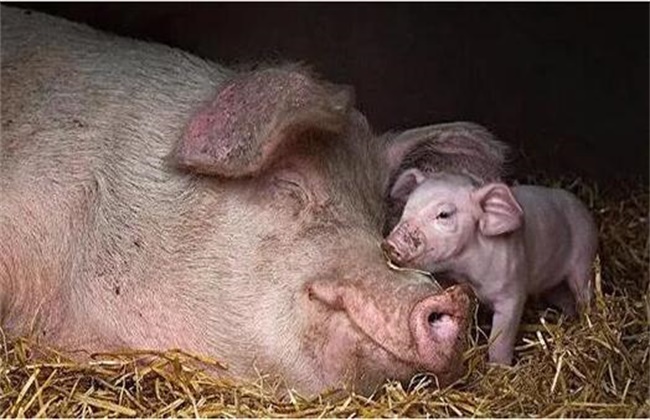Breeding techniques of pollution-free Beef cattle
Beef cattle breeding is very common in our country, beef can also be said to be a kind of meat product second only to pork, which is very popular in our country. However, now the breeding of beef cattle is mainly pollution-free, pollution-free breeding can not only improve the growth capacity and quality of beef cattle, but also will not cause pollution to the environment. So how to raise beef cattle without pollution? Today, the editor has brought you the technology of raising pollution-free beef cattle. Let's take a look!

1. Construction of cowshed
Before carrying out pollution-free beef cattle breeding, we should first pay attention to the construction of a good barn. The site of the cowshed should be high, dry, sheltered from the wind and sun, and where there is plenty of water around. Then before construction, the soil should be renovated and disinfected to avoid the growth of bacteria affecting the growth of beef cattle. The cowshed should be based on a flat barn, and there should be cowbeds, playgrounds and other breeding areas. Then the feed trough and sink should be set up in front of the barn. At the same time, a good drainage ditch should be built around it. Let the excreta produced by beef cattle go directly into the biogas digester for harmless treatment.
2. Feed use
When feeding beef cattle, the use of feed is also very critical. The coarse feeding of beef cattle includes forage grass, agricultural by-products, green feed and other kinds of feed. Rough feeding should be produced in pollution-free food production sites, and pesticide residues should not exceed the standard. Do not feed feed that is contaminated, moldy and smelly. For the use of all kinds of formula feed, it should be supplied by the distributor and supplier of the relevant local departments. Then the feed raw materials should be kept fresh and cannot be used beyond the shelf life. Then feed additives should be used reasonably, and animal-derived feed should not be used. Finally, the use of trace element additives should be controlled to avoid excessive methane and cause pollution to the environment.
3. Disease prevention and treatment
We should also do a good job in disease prevention and control of beef cattle, and establish a biosafety system in accordance with regulations to prevent beef cattle from dying from disease. Reduce the use of chemicals as much as possible. According to the local actual situation, we should also do a good job in disease vaccination, select the corresponding vaccine, and carry out immunization strictly according to immunization procedures and immunization methods. Then we should also carry out regular deworming work for beef cattle, and pay attention to regular cleaning and disinfection of sinks and material troughs in the barn to prevent the growth of bacteria. Disinfectants can be carried out with peracetic acid to ensure the healthy growth of beef cattle.
4. Feeding and management
When raising beef cattle, we also need to allocate the feed reasonably according to the different monk and warring States period to ensure that the growth of beef cattle has adequate nutrition. When feeding beef cattle feed, it should be fed according to the system, there are no stacking troughs, empty grooves and other phenomena, and do not feed moldy and deteriorated feed. We should also ensure that there is sufficient and clean drinking water, do a good job in beef cattle breeding, and at the same time pay attention to recording the records of beef cattle production and breeding. In addition, the actual growth of beef cattle, as well as feed consumption and other production work should be well recorded.
The above is a brief introduction to the breeding technology of pollution-free beef cattle. That's all for today's introduction. This article is for reference only. I hope it can help you all.
Related
- On the eggshell is a badge full of pride. British Poultry Egg Market and Consumer observation
- British study: 72% of Britons are willing to buy native eggs raised by insects
- Guidelines for friendly egg production revised the increase of space in chicken sheds can not be forced to change feathers and lay eggs.
- Risk of delay in customs clearance Australia suspends lobster exports to China
- Pig semen-the Vector of virus Transmission (4)
- Pig semen-the Vector of virus Transmission (3)
- Five common causes of difficult control of classical swine fever in clinic and their countermeasures
- Foot-and-mouth disease is the most effective way to prevent it!
- PED is the number one killer of piglets and has to be guarded against in autumn and winter.
- What is "yellow fat pig"? Have you ever heard the pig collector talk about "yellow fat pig"?



